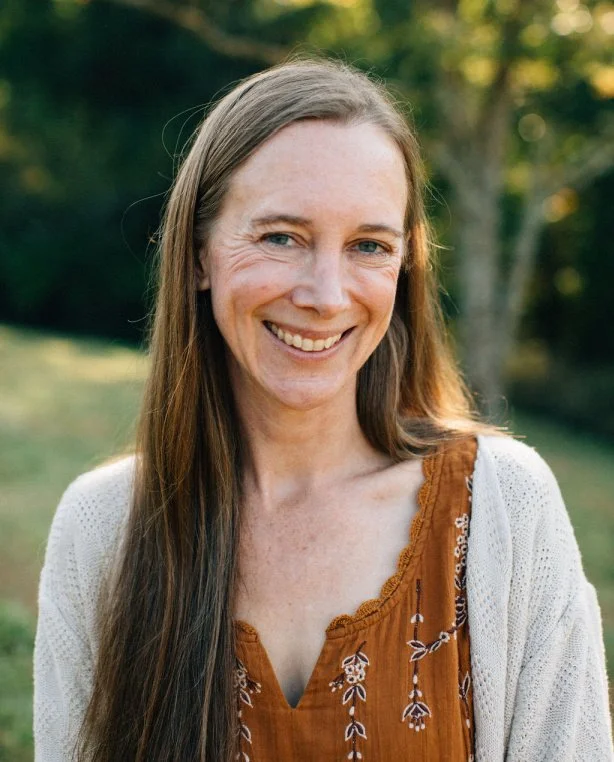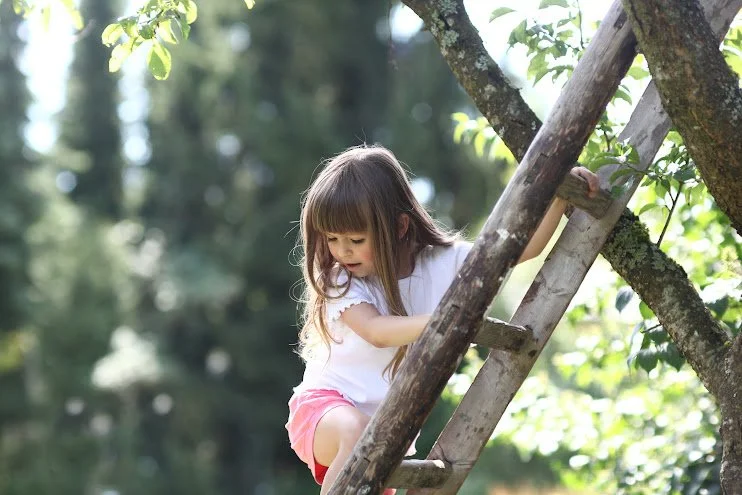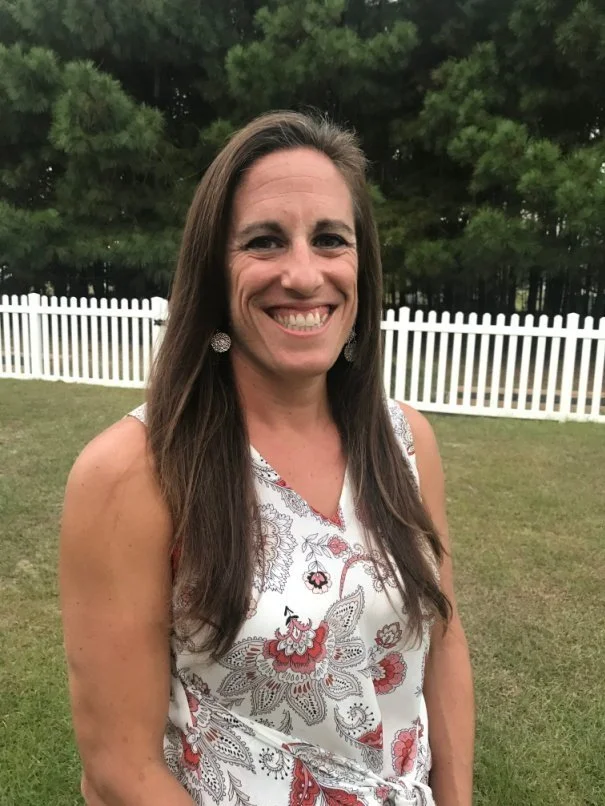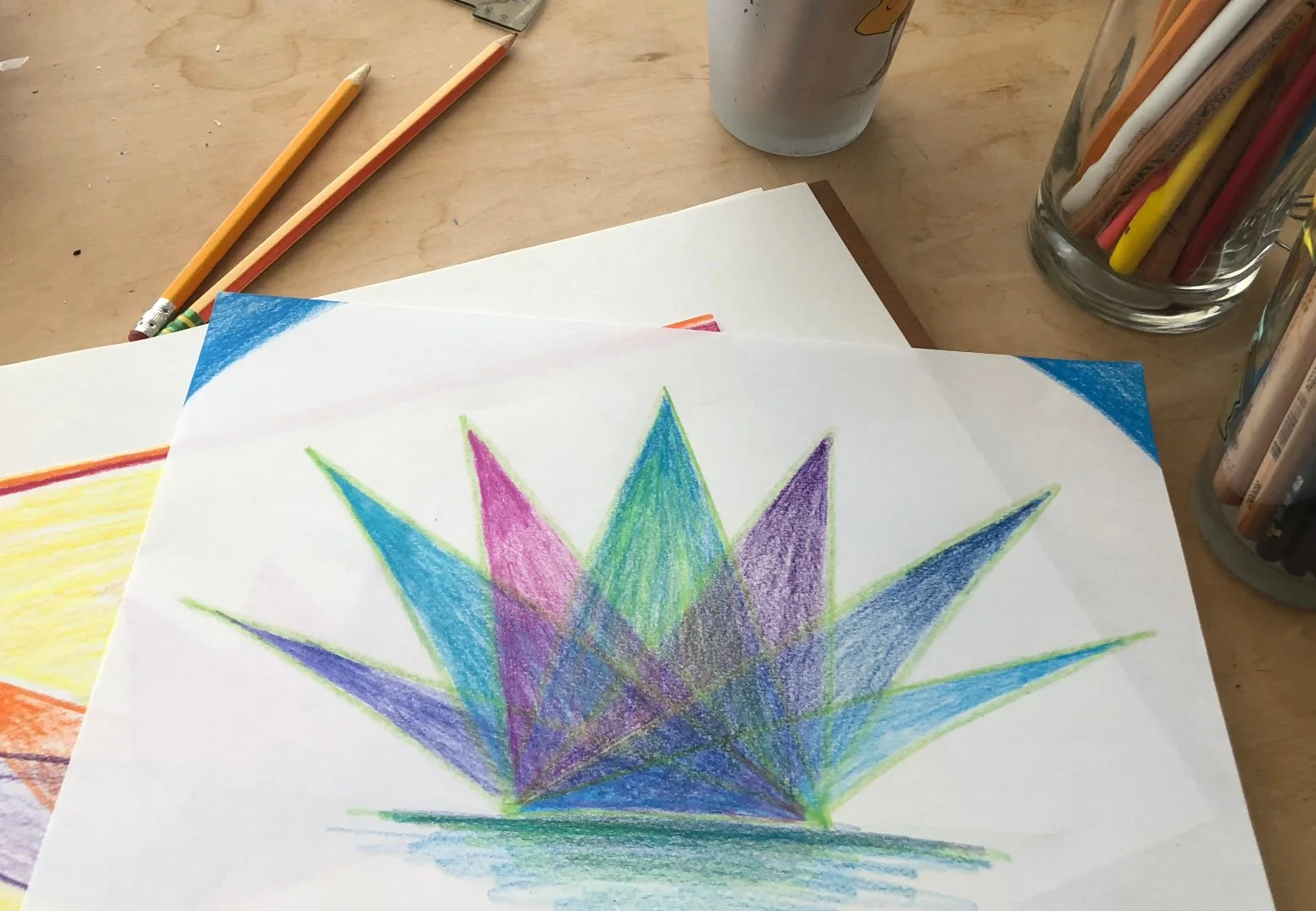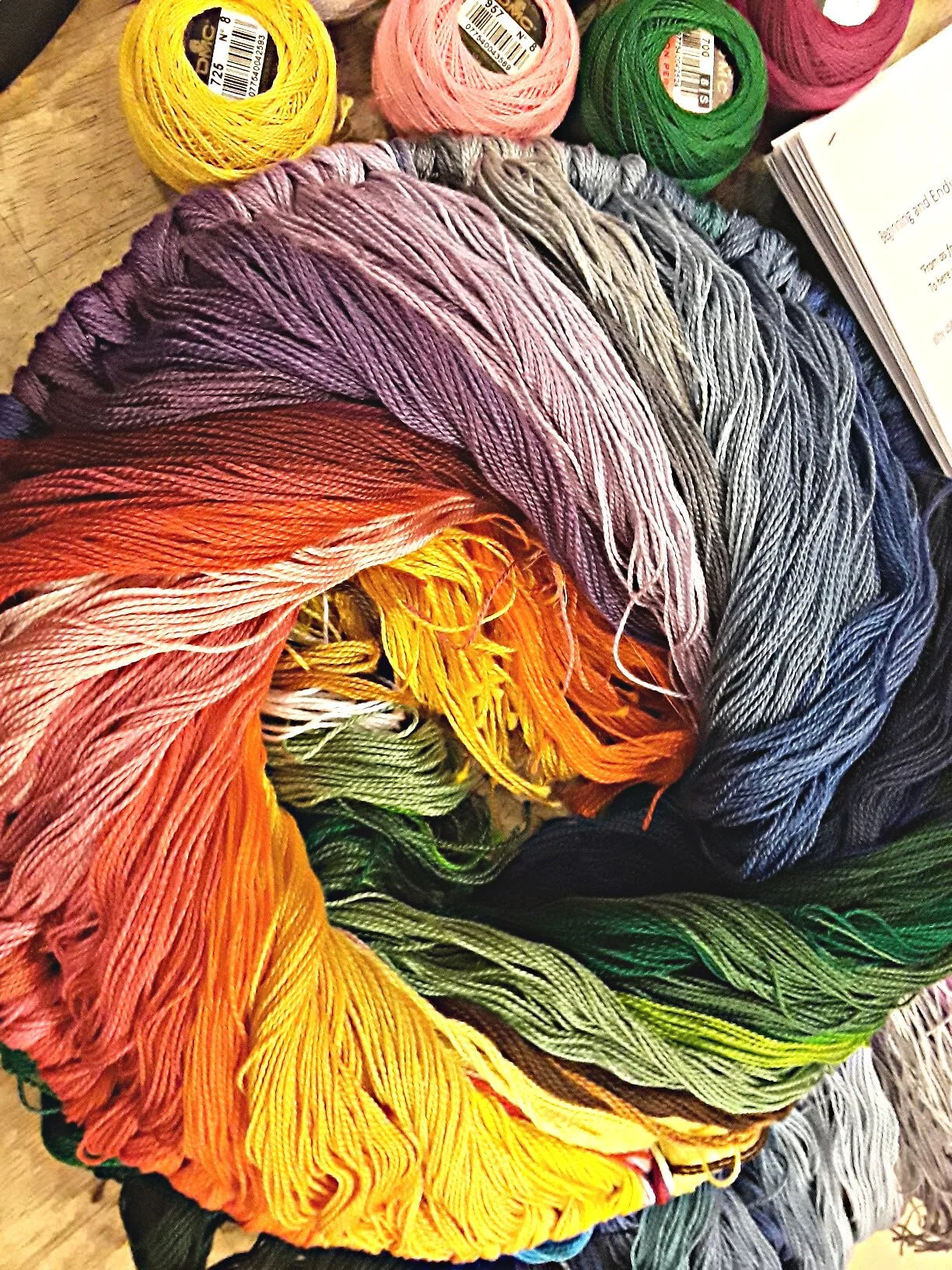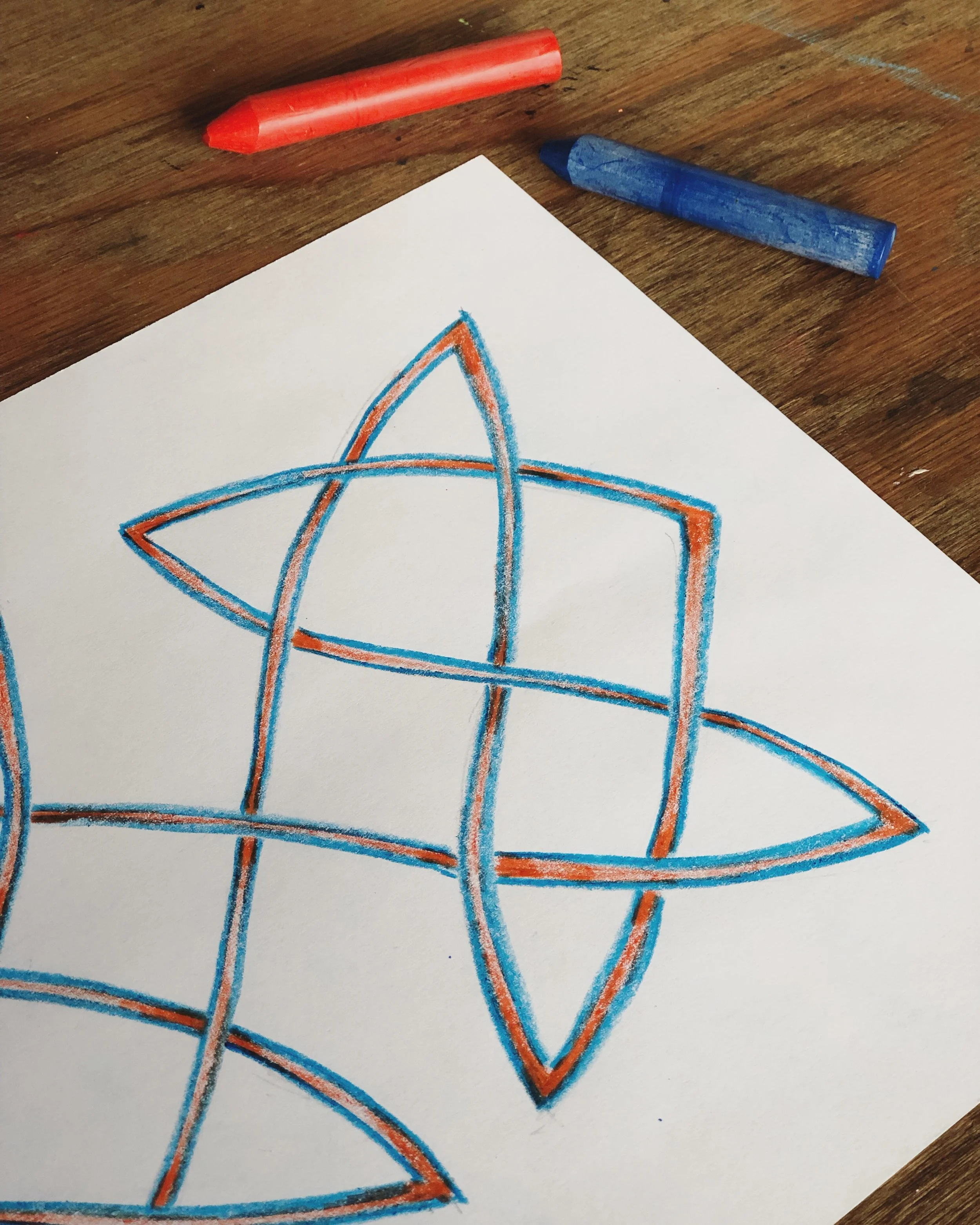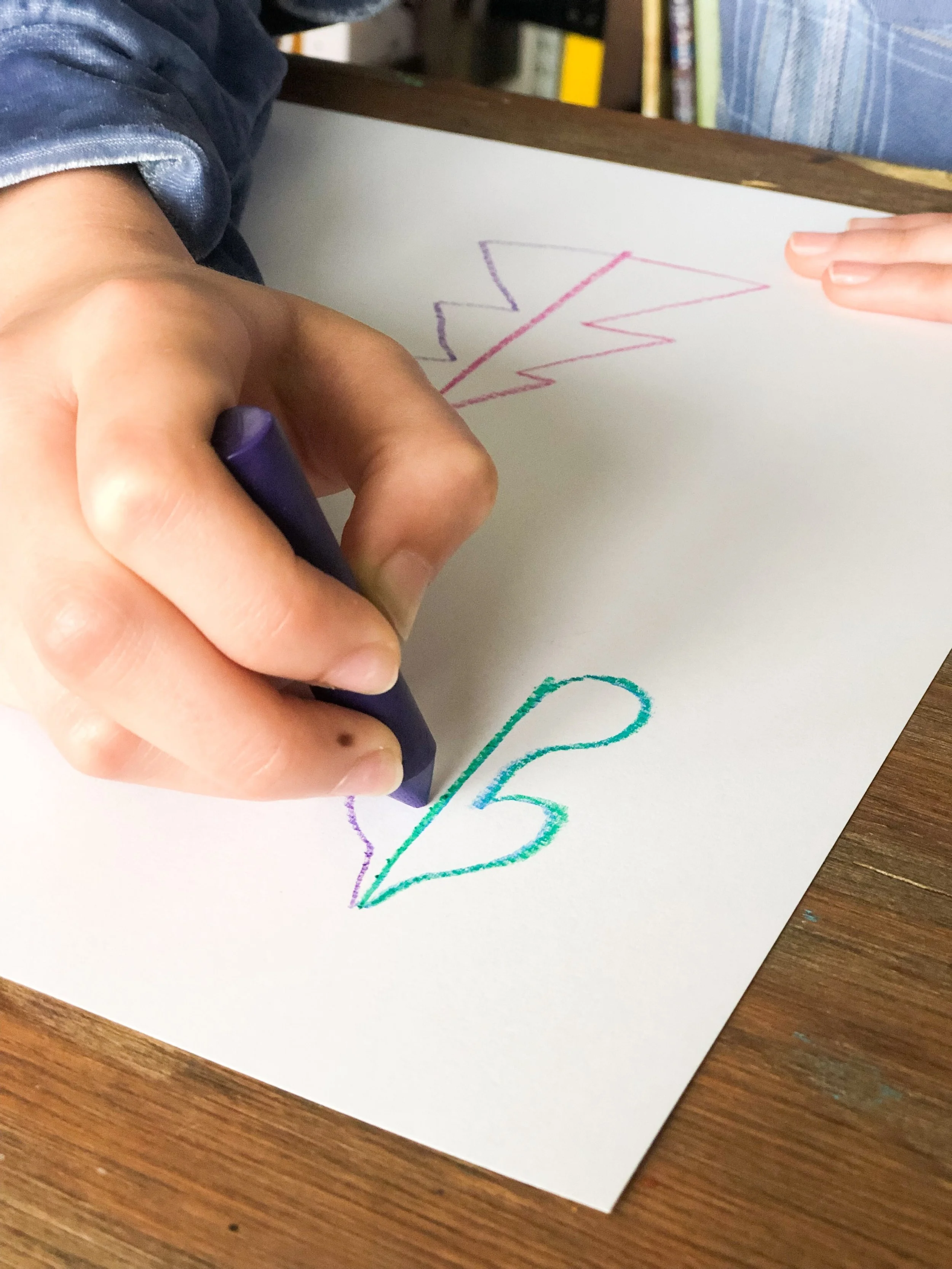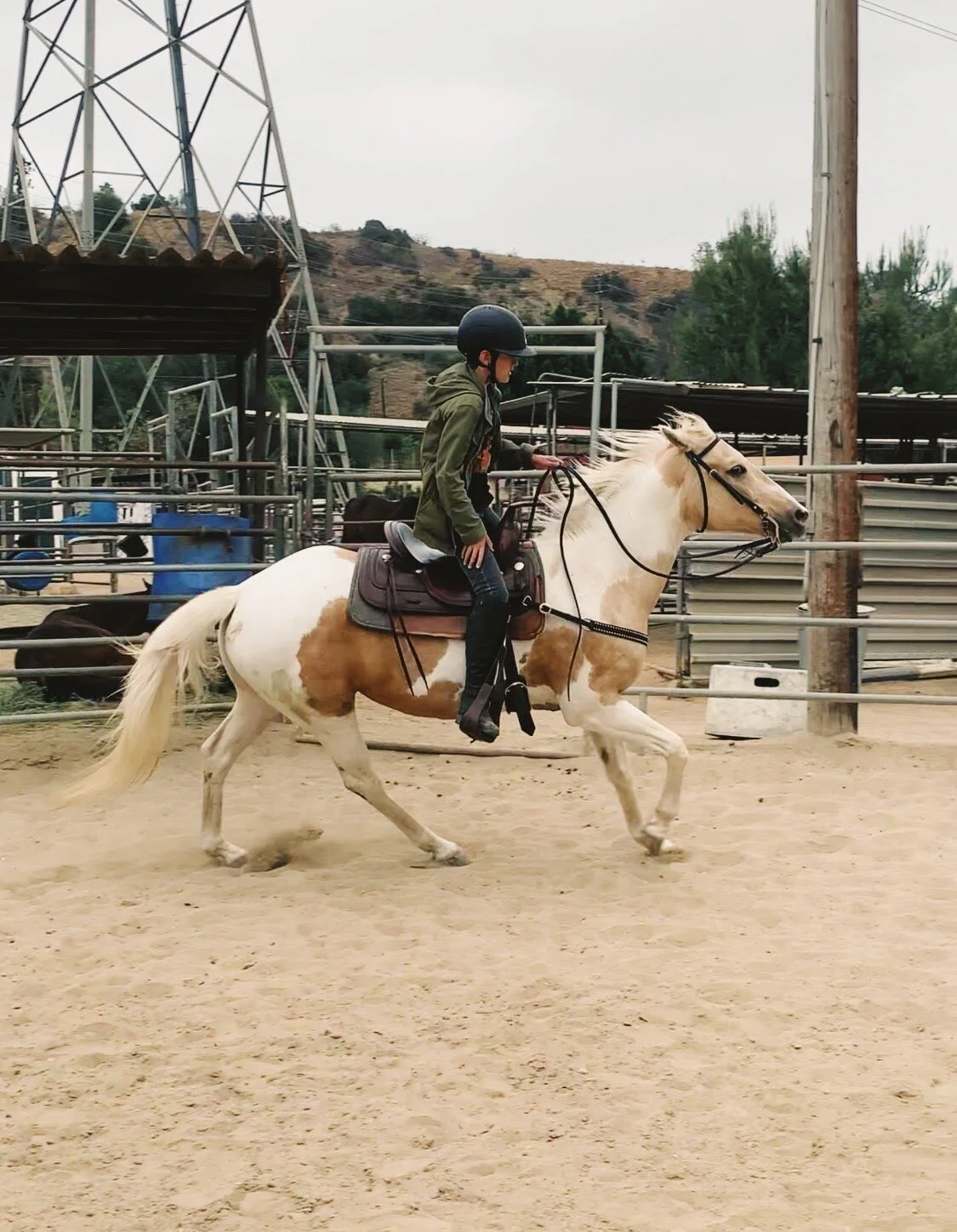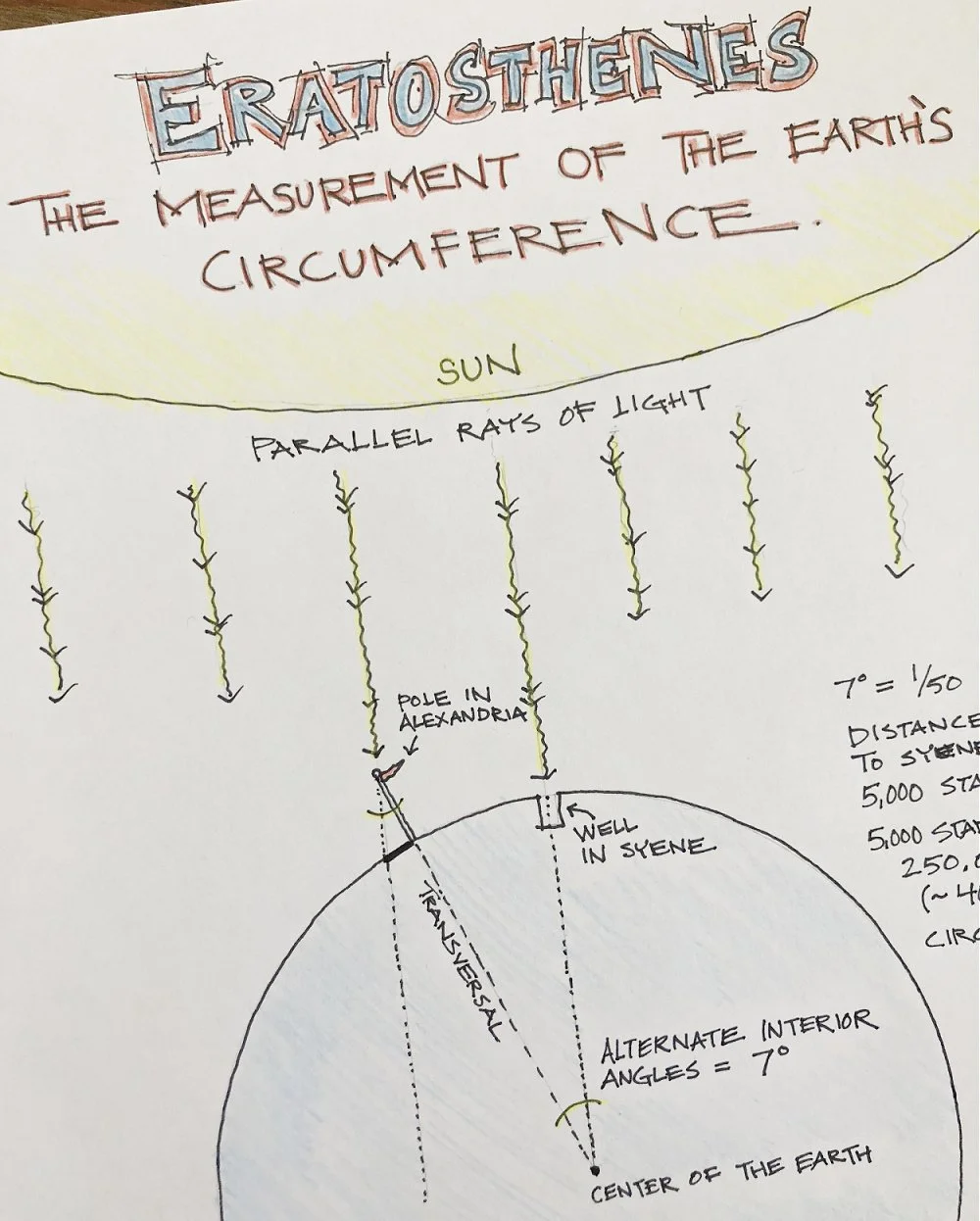
Waldorfish Blog
The Importance of Rhythm in Early Childhood.
Enjoy this piece from guest writer and Storytime in the Schoolhouse founder, Becca Lane! For over thirteen years, she has been creating magical moments for families with young children in the classroom and online.
What is rhythm?
Rhythm is the flow of our day and week; what happens in what order.
When we hear “rhythm,” we often think of music. A song has rhythm when it has a steady and predictable beat. The beat holds the song together.
When we talk about the rhythm of our lives, we mean how our day flows. Our day has a rhythm when the parts unfold in a predictable order. For example, your child knows what to expect when they wake up, or bedtime has a similar flow every night, or what you do after school each day is always the same.
The more predictable and consistent the flow of your day is, the more rhythm you have.
Clean-up time can be a rhythmic aspect of the day for the whole family!
A rhythm is different from a schedule.
Rhythm and schedule are often confused, so let’s take a moment to clear up the difference.
A schedule is based on clock time. We write “scheduled” events on our calendar—at a specific day and time.
A schedule is often externally imposed. Your job or school has a schedule. You schedule appointments. These happen at a particular time on a specific day.
On the other hand, rhythm is based on flow and order. It is loosely based on clock time but not dependent on it.
Rhythm has layers.
Our day has a flow or rhythm, as do our week, month, and year. Even the smaller parts of our day have a rhythm. We can add rhythm to any of these layers.
Even the busiest/most chaotic lives can create rhythm.
As little as one new “beat” of rhythm creates consistency and predictability.
Rhythm benefits adults as much as children.
We often focus on our children and the benefits for them but a rhythm benefits adults just as much. I am amazed each time I make the effort to create a new rhythm in our day or week--I see how much it benefits me and eases some of my own overwhelm.
Rest and reset: an essential aspect of daily rhythm!
What are the benefits of rhythm?
Rhythm is one thing we can add to our life that actually simplifies it.
Children can feel anxious, overwhelmed, and out of control when their days unfold randomly without any underlying consistency or predictability. They don’t know what will happen, when, or what is expected of them if/when it does.
Rhythm creates predictability and consistency.
Research shows children experience less anxiety and overwhelm and more connection and ease when their days are predictable and consistent; when they generally know what to expect during the day.
Rhythm reduces anxiety.
We live in an increasingly unpredictable world that makes many (most?!) adults and children anxious. One way to protect our children from the anxiety this creates is to add predictability to our family life.
Creates time for what matters.
Life can become busy, full, and chaotic once you become a parent! Creating a rhythm allows you to carve out time for what matters for your family, whether it be regular family dinners, weekly hikes, or slow Sundays at home.
(The Waldorfish community saves $10! Use code RHYTHM4WALDORFISH .)
How do I get started?
Pre-made rhythms rarely work.
You’ll likely find lovely rhythms posted on social media or included in purchased curriculum. However, taking a pre-created rhythm and making it work in your life is hard. Our individual lives and all the moving pieces are just too different.
One small, doable change.
Most of us assume we are supposed to create a new rhythm from morning until night, Monday through Sunday, and wake up one Monday morning and implement the whole thing. Well, I hate to tell you, but this usually doesn’t work! This level of change takes a tremendous effort to pull off and is unsustainable in the long run. Humans can’t create this many changes at once!
Instead, adopt the principle of “one small, doable change.” Create one new rhythm, implement it, and wait until it becomes a habit. Then, add another. Repeat until you reach a rhythm that works for your family.
First, focus on connection.
When we add our first “beats” of rhythm to our day, adding a tidy-up time or cleaning rhythm can be tempting. Instead, start with a consistent and predictable moment of connection with your child. Let the foundation of your rhythm be built on connection. Once the foundation has been laid, you can add on from there, including more practical elements like tidy-up time or dinner prep.
Start with sleep times and mealtimes.
Keep it simple: share a meal together!
When you are beginning to build your rhythm, start with a sleep time or mealtimes. Add one new “beat” of rhythm to that time of the day.
Add something you can easily do the same way every day. (Hint: it shouldn’t have lots of steps or involve a lot of materials.)
Keep doing this until it is a habit. Just one steady “beat” will create rhythm!
Then, add another “beat” to another time of day.
Repeat until you have a unique rhythm that works for your family.
Examples of “beats” of rhythm that add connection:
Go on a walk after breakfast each day.
Have warm tea and muffins after school every day.
Light a candle at dinner each evening and share a family blessing. (“Blessings on our meal, and everyone near and dear.”)
Read books together on the couch for 30 minutes each night before bed.
About the Author
Becca Lane creates magical moments of connection between children, families, and the natural world.
For over thirteen years, Becca ran Little Round Schoolhouse, a mixed-age children’s garden for 3-7-year-olds. In 2020, her work shifted online with the creation of Storytime in the Schoolhouse, an online program that helps parents provide their young children with a rhythm of songs, stories, and creative projects.
*This post contains affiliate links. Waldorfish is a big fan of Storytime in the Schoolhouse, and believe it will help support you and your family! Merging Occupational Therapy with Waldorf Homeschooling
Enjoy this special piece fromWaldorfish guest writer, Kristin Palen!
She’ll be looking at how to support your child using a Waldorf inspired, holistic learning approach from an occupational therapy perspective.
What is an Occupational Therapist?
An Occupational Therapist (OT) helps people of all ages participate in purposeful and meaningful activities through the therapeutic use of occupations. A child’s occupations are embedded in play!
Waldorf education and OT therapy agree: play is powerful!
Think of the developmental skills that encompass play: sensory processing, self regulation, sensory motor, executive functioning, perceptual motor, gross and fine motor skills. What are these skills essential for: effective learning!
OT is holistic, individualized and child centered - treating their mind, body and soul. OT utilizes evidence-based practices with assessment, clinical reasoning and task analysis to facilitate a child’s successful participation in their occupations by adapting, modifying, and enhancing the environment and task to foster independence.
Blending OT and Homeschooling
I truly love being an OT. The mix of science, human connection and thinking outside the box gets my creativity flowing!
When we first began homeschooling 7 years ago , I structured our day similar to an OT session. I developed a daily rhythm balancing calming with alerting multi sensory activities, attuning to my child’s needs. My child gravitated towards outdoor exploration, thus much of our day was spent outside encouraging open ended play. Our schedule was created with intention being cognizant of over stimulation. (By the way, if you’re wanting some support in your OWN homeschool planning, click here!)
Doesn’t this sound similar to Waldorf?
At the time, I had a basic understanding of Waldorf philosophy. When I dove into the foundations, I discovered rhythm was at the forefront and reaching the whole child through their head, heart and hands. This was what I was already naturally creating!
“OT and Waldorf Education seamlessly blend together in a harmonious manner using a holistic approach to facilitate connection, bonding, and creative exploration. ”
Steiner said it himself, “Where is the book in which the teacher can read about what teaching is? The child themselves are the book.” (Steiner, Rhythms of Learning). The beauty of homeschooling is curating and individualizing a curriculum for your child, which is the essence of OT!
Fast forward 5 years, I have two children ages 10 and 4 who I have been homeschooling using a Waldorf inspired approach, with added OT flare!
Play doesn’t need to be complicated- let your child be the guide!
So you might be wondering how this can help you if you are not an OT?
I will demonstrate how to utilize a holistic approach in your homeschooling rhythm to facilitate successful learning with four guiding principles to follow when devising your lesson plans. This will ensure that you are using a child centered approach to customize any curriculum specifically for your child.
Place connection at the forefront.
Waldorf homeschoolers are masters at holding the space. We attune to our child’s needs, creating flexibility in our rhythm. We adjust our presence to the ebb and flow of our child’s emotions enabling them to feel in control and connected. If we notice our child is resistant or withdrawing from a lesson it is our responsibility to investigate what is underlying the behavior. Then we can make adjustments to facilitate emotional regulation, which in turn will improve their overall engagement and interest.
Use interest led learning strategies.
Naturally weave your child’s interests directly into the lessons. Think about what is motivating, their passions, and what sparks their creativity; create lessons around those interests. Then they can be fully immersed and absorb the lesson. For example, my son is interested in woodworking. Our lessons incorporate this; our main lesson books may not be as filled as others, but he is motivated and participating in experiential learning activities.
Incorporate your child’s strengths.
Set up your child for success by gearing your lessons around your child’s strengths. What is their learning style; are they a kinesthetic, visual, or auditory learner, etc. and how can you utilize these strengths to optimize their engagement? Observe them closely and their sensory preferences. For example, decide if they are more inclined to seek out movement with kinesthetic activities, tactile (touch) input, visual demonstrations, or through auditory input with singing. If your child is more focused and attentive with specific sensory activities, make those a priority in your lessons.
Adapt the lesson and environment to your child’s needs.
Think about how you can adapt the environment and lessons to optimize your child’s learning. How can you structure your daily rhythm and lesson plans to support your child? Your child may benefit from shorter lessons throughout the day; they may be more regulated doing lessons outside; they may be more motivated if lessons involve playing games, adjust accordingly.
The emphasis above is to focus and connect with the child in front of you! Try not to get caught with what they “should” be doing, instead follow Steiner’s advice, meet them where they are, let that guide your lessons.
We want our children to feel connected with themselves, with us and their environment so they can be confident to let their minds soar. This instills the confidence to face challenging and unpredictable life experiences. If a child seems uninterested, reluctant, or bored with an activity, search for direction with the guiding principles above.
Try placing connection with your child at the forefront of your daily routine- you’ll be amazed at what comes!
“The basis of Waldorf Education is to create independent and creative thinkers. We want to be cognizant of the whole child by problem solving how to adapt, modify, customize and facilitate an experience that will empower our children to guide their lifelong learning! ”
Following these guiding principles will lead you in the direction of bringing meaning, purpose and joy to your child; my ultimate goal as an OT!
How to connect with Kristin:
Kristin Palen, OTR/L is homeschool mom and an occupational therapist with over 19 years of experience solely in pediatrics. Kristin is the owner of Coastal Connections Pediatric Therapy, in the Outer Banks North Carolina. Her practice provides direct nature based occupational therapy services, virtual parent coaching and masterclasses coming soon. Kristin’s areas of interest and specialty are sensory integration, emotional regulation, and nature based occupational therapy. Being part of a neurodiverse family Kristin particularly enjoys supporting and coaching fellow neurodiverse homeschool families to adapt, accommodate and meet the needs of their unique children.
Website: www.coastalconnectionsot.com
4 Tips for Planning Your Homeschool Curriculum
Whether you’re a home or classroom educator, summer involves a different kind of work for many of us: preparation for the year to come!
I’m all about prepping for the future school year, but I’m also a huge believer that a teacher must actually take a break and recharge! For educators who are at-home or in a classroom, preparation is key to a successful year, but it can also become all consuming and stressful, and can burn-out an educator before the school year has even begun. In most Waldorf schools, and in the homeschool classroom, we move on to a new grade every year- which means learning and prepping new material every year!
When I started teaching, I prepped for hours every day during the summer, and yet, I also still prepped for hours during the school year. Why so much? Because I wasn’t working in a smart way- somehow along the road, I associated lots of prep with success (more work, more reward!) but I quickly learned this was very inaccurate.
Working smart gives more reward.
Here’s some things I learned (and asked myself) along the way to preparing wisely, and finding balance in prepping for a new year.
How do I learn the best?
When I first began teaching nearly ten years ago, I was given a big box of thick books to read over the summer as my prep materials. I would spend hours, and hours (and hours!) trying to trudge my way through them, taking copious notes and trying to squeeze out the information I would actually use for future blocks.
What new planning methods are you going to try?
However, I came to realize something about myself- I am a slow reader. I enjoy reading, and like to take my time. Trying to rush through a dense book, and desperately trying to identify any helpful information gave me a stress headache, and was slow (like...tortoise slow) going. So, I reassessed.
How do I learn best? How do I retain information well?
For me, it’s through auditory learning. Give me an audio book, or listen to a documentary, and I’ll be good to go, especially if I can keep my hands busy. I’d often draw future chalkboard drawings/MLB pages while listening to my prep. Not only did my days get less headache-y, but I was working smarter! So ask yourself, how do you learn best, and go with it! Honor how you learn, and don’t feel like you “have” to prep in some specific way. It’s got to work for you!
What are my strengths and areas of weakness?
Prep smart! I learned to take my summer months to prep for those things I struggled with, and knew the least about. For these blocks, I needed sufficient time to gain my confidence and feel strong enough to bring the material to my students. For me, these blocks were always having to do with science and math. So I took my time in the meandering summer hours to practice chemistry experiments or complicated algebra without the stress of having to teach it the next day.
How can your interests help you become a better planner?
On the other hand, my personal strengths are in history and language arts, so I would prepare for these blocks in the summer by listening to documentaries, podcasts, and reading children’s books – I made general outlines of what I wanted to accomplish, and the skills I wanted to highlight for my students. I knew that when these blocks came around in the school year, I’d be familiar with the material well enough to do my prep the weekend or evening before, without much stress or anxiety.
So, ask yourself- where does my stress lie, and what can I do to mitigate it?
Do you want to take an hour everyday to draw? A once-a-week “science day”? A week dedicated to practicing woven forms? What will help you gain confidence, and what subjects can be put off for a little while without stress?
Focus on those areas where you feel less than confident in these summer weeks where you have the gift of time- you won’t regret it!
Choose materials made for children.
In Waldorf education, we’re all about painting pictures with words, setting a scene, and enlivening stories of the past with language. So why not prep by using stories? Once I discovered the youth/children's section of the library, I fell in love and jumped for joy.
“Children’s books offer so much to us as teachers- there is beautiful language, images, and more that we can be inspired by!”
A change of scenery can be a source of inspiration- try somewhere new!
Can you create your own stories and images as you see fit? Of course! But why not start with materials meant to be seen through a child’s eyes? Supplement with other materials as well if you choose, and build your lessons with a little boost from established authors, historians, and mathematicians.
Where can I add a little something special? (And also give myself a little break!)
As educators, we are used to holding each and every day and many subjects by ourselves. Some are lucky to have the support of specialty teachers, but in general, we are still holding the whole picture of the day. It can be a lot!
So- can you give yourself a moment or two during a block where you don’t have to hold the whole lesson by yourself?
Where would be a good place to bring in a guest speaker?
Visit a museum with a docent?
Go on a hike for student-lead nature observation?
Of course, you’ll still have planning on your part, but there is so much value in having your students or child learn from someone else or be given space to work independently, and to allow you to step back for a moment! I would suggest adding these special activities especially in blocks that are not one of your “strengths.”
“As educators, we aren’t always good at asking for or giving ourselves support, but we really want to encourage you to work smart, and allow yourself the gift of help and time. I’ll say it again- give yourself the gift of help and time! ”
What resources can provide support to enlivening your curriculum?
At Waldorfish, we offer fully online courses built for educators and/or students that do so much of the prep for you! Instead of having to start from zero, our courses provide a full block or year’s worth of content, along with detailed supply lists and support from our experienced instructors.
*So, where do you need support?
Art, geometry, science courses, watercolor painting, form drawing, inspiration for festival life?
Start here and let the stress go, we’ve got you!
Sit back for a moment, have a sip of iced coffee (that’s what we’re drinking in blazing California, at least!) and reflect upon your remaining weeks of summer.
How can you prep smart, and take plenty of time to rest, rejuvenate, and enjoy?
More support for your planning:
About the Author:
Caitlin Amajor taught in the Waldorf middle school for seven years, and is also a Waldorf student herself. She currently works as an administrative assistant for Waldorfish, and is also the instructor for their grades 5 and 6 geometry courses. Caitlin enjoys baking, gardening, and spending time with friends and family.
Tracking The Hour Hand: A Measure of Waldorf Education
It happens every year, and every year it comes as a surprise.
Maybe it’s because it never shows up in quite the same way.
Major growth presents itself.
It’s as if my son truly embodies the grade he is completing.
It makes sense, doesn’t it?
After all, what exactly makes a 1st grader, or a 5th grader or a 10th grader? When do they “become” that? When did you become a parent? During pregnancy, on adoption day, your wedding day, at the moment of your child’s birth? Or was it some other time, when you found yourself able to meet a critical need, like feeding, or providing emotional nurturing when it was called for?
Becoming, or in psychological terms ‘development’, is a mysterious process.
““Each child in every age brings something new into the world from divine regions.””
Little by little, a child is always growing.
A pattern has emerged in our particular family, as I can look back to the end of 4th grade and see that something similar happened. My son starts a school year with an invisible (to him) set of expectations laid out before him like an obstacle course. It is in many ways the job of teachers (including this homeschooling parent) to keep him on track, focused, able to clear fences and maintain a relatively consistent pace. The school year is long, and by February my philosophy about education, especially home education, can be summed up as follows:
¯\_(ツ)_/¯
Yet we continue to meet in the homeschool room week after week, on some afternoons studying world history and exploring ways to use a scientific calculator, on others drawing complex geometric figures and discussing the characters and themes in books we have read. Many nights we build a fire in our backyard, set up a telescope, and look at the moon. Every morning we ride our horses and listen to music. Instruments are practiced (almost) daily.
A new phase is always around the corner.
By the middle of May we spend more time outside. Our school days get a little shorter. We start looking back at the terrain we have traveled, and what remains to be studied.
This is when the magic happens.
“In his book, The Education of the Child, Rudolf Steiner states that an individual’s personal development often takes place on two levels. He notes that there is the change that occurs on the surface, quick change, like the movement of a minute hand on a clock...but more significant changes, changes in habit, temperament, and character, in short, changes in human nature, occur like the movement of the hour hand.” -- Jack Petrash, Understanding Waldorf Education: Teaching From The Inside Out
I ask my son to complete an assignment. What at the beginning of the year took 3 separate class sessions, now takes one sitting. Unable to believe that this is happening, I ask for a little extra. The work is completed. I ask for just a little more, perhaps a simple illustration, or further explanation. It is done without comment.
A sample of student work as they discover the life-cycle and ancestry of bees.
And I say to myself, he has crossed the finish line.
For now.
The hope is that he never sees a finish line, forever finding new ways to challenge himself, and grow.
It is a privilege to be part of the process.
About the Author
Cristina Havel lives in Southern California where she and her husband have worked together for nearly 2 decades. They homeschool their son using the Waldorf pedagogy as a guide and believe in the transformative powers of art and nature.
Looking for something?
Welcome to Waldorfish! We started this adventure in 2012 out of a desire to make Waldorf training more accessible to class teachers in remote locations and to homeschooling families everywhere! Read more, click here.
WE WON! Our Weekly Art courses were voted “best interactive art program.” Learn more about the award, here.
A few of our most popular blog posts:




